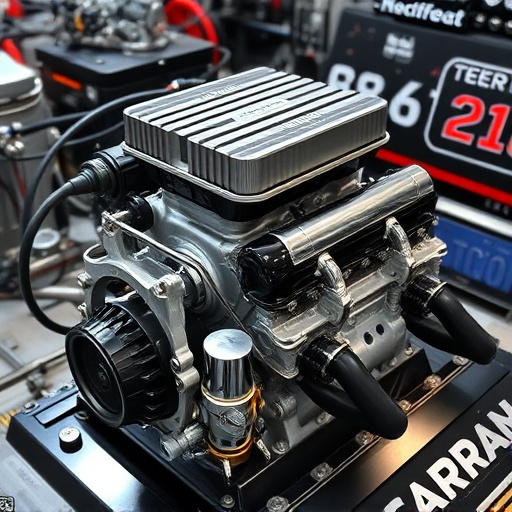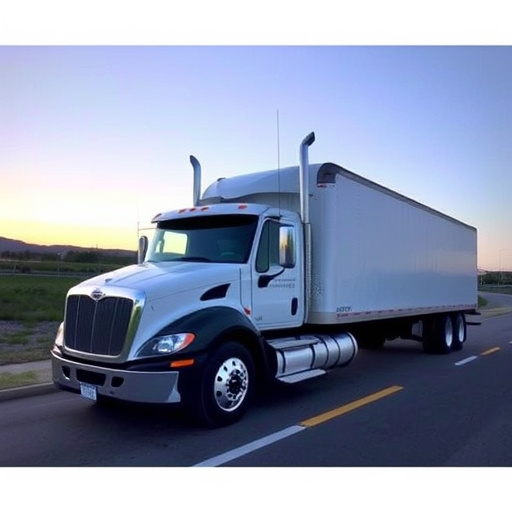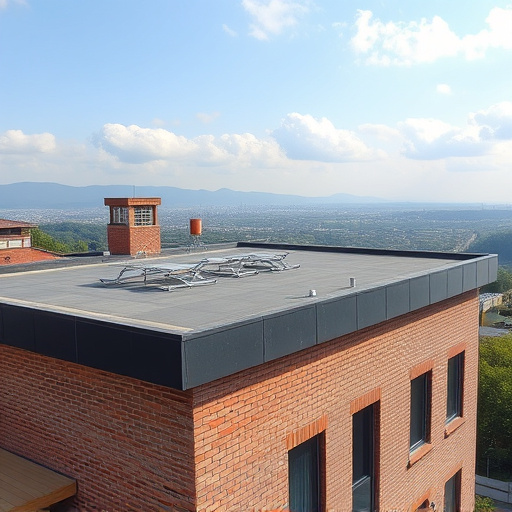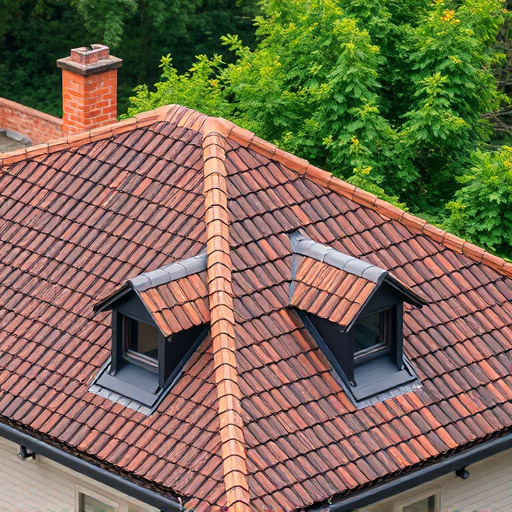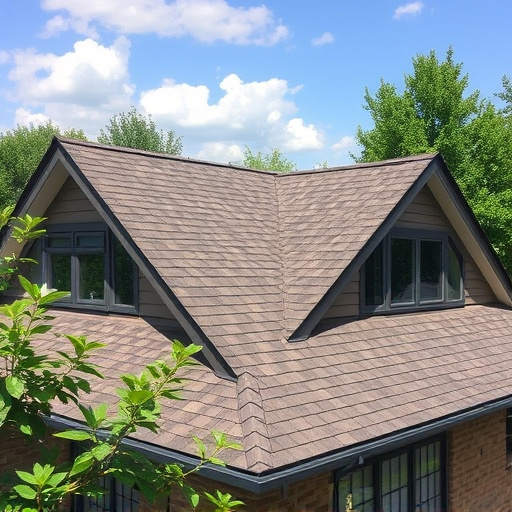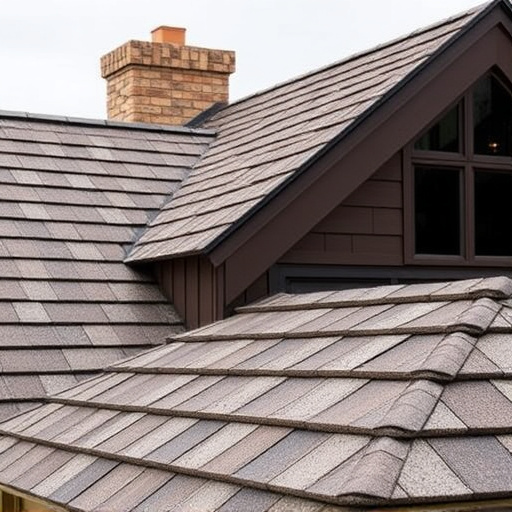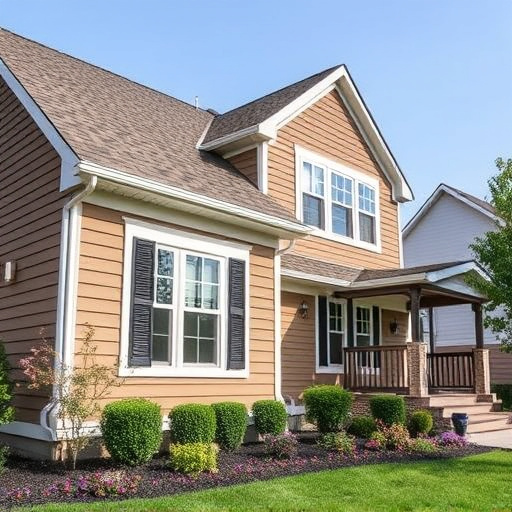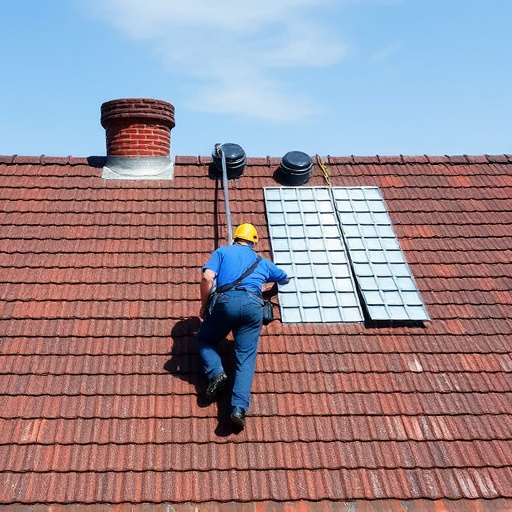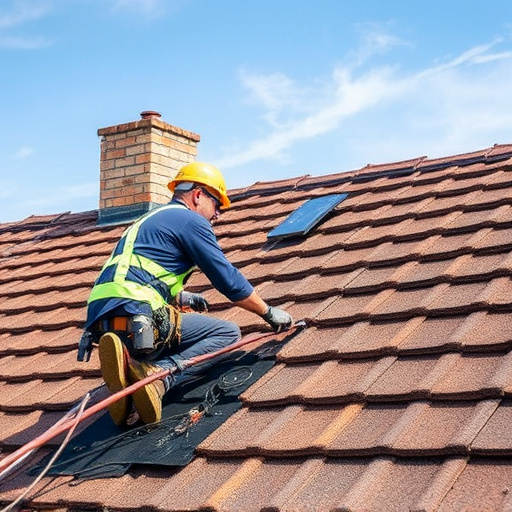Roof installation in high-wind regions demands understanding wind load requirements, guided by location, climate, and structure. Commercial guidelines recommend reinforced flashing and secure fastening for protection. Choosing weather-resistant materials like improved asphalt shingles or metal roofs offers structural stability. Expert installers use mechanical fastening and support systems to withstand winds, enhancing durability through impact-resistant materials and regular maintenance.
In regions prone to high winds, robust roof installation is paramount for structural integrity and safety. This guide explores effective techniques designed to withstand such extreme conditions. We delve into understanding wind load requirements, selecting appropriate roof materials, and mastering installation methods. By adhering to best practices, homeowners and professionals can ensure their roofs provide reliable protection against turbulent forces. Discover expert tips for a secure, durable roof installation that excels in challenging weather conditions.
- Understanding Wind Load Requirements
- Choosing Suitable Roof Materials for High Winds
- Expert Installation Methods and Best Practices
Understanding Wind Load Requirements
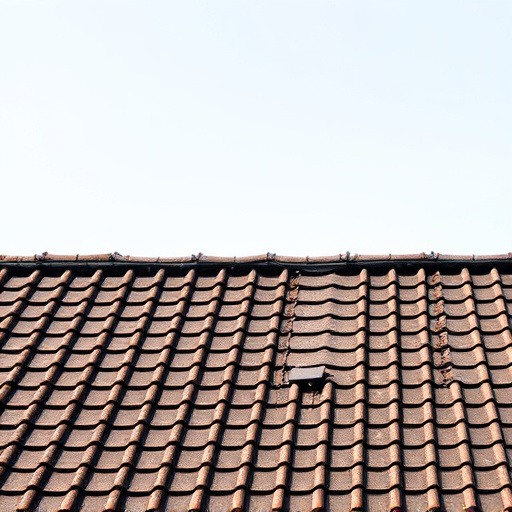
When considering roof installation, especially in regions prone to high wind speeds, understanding the wind load requirements is paramount. Wind loads are determined by factors such as geographical location, local climate data, and the type of building structure. For instance, commercial siding installations must adhere to stringent guidelines to ensure they can withstand powerful gusts without damage or detachment. This understanding guides the selection of suitable roofing materials and designs.
Home exterior services professionals often recommend specific techniques tailored to these conditions, incorporating features like additional fastening mechanisms and reinforced flashing for better security. The goal is to create a robust roof that not only withstands high winds but also protects the entire home exterior, including siding and gutters, from potential harm. This proactive approach ensures the longevity of the structure and prevents costly repairs in the future.
Choosing Suitable Roof Materials for High Winds
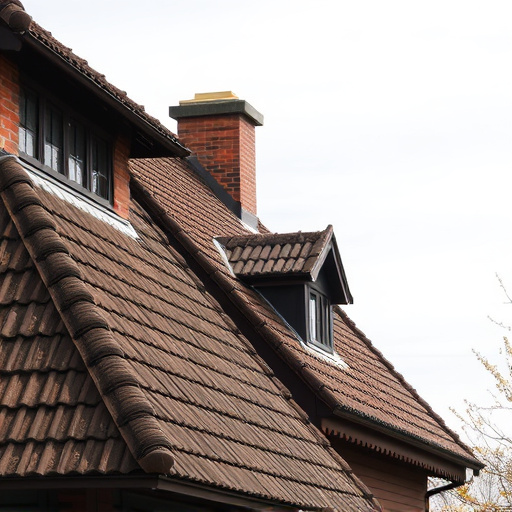
When it comes to roof installation in regions prone to high winds, selecting the right materials is paramount for ensuring structural integrity and safety. Weather-resistant roofing options are a wise investment as they can withstand extreme wind speeds without succumbing to damage or dislodgement. Asphalt shingles, for instance, have improved significantly in their ability to resist wind, thanks to advancements in manufacturing technology. These shingles are not only cost-effective but also offer good protection against strong winds, making them a popular choice among homeowners and roof installation specialists.
Additionally, considering metal roofing can be a strategic move for areas frequently hit by high-wind events. Metal roofs have proven their worth in withstanding harsh weather conditions due to their exceptional strength and flexibility. They are less likely to tear or blow off during intense storms, providing long-lasting protection that requires minimal maintenance, including no need for frequent siding repairs. A roof consulting service can offer expert advice on the best metal roofing options tailored to specific wind load requirements, ensuring peace of mind and a secure home in the face of high winds.
Expert Installation Methods and Best Practices
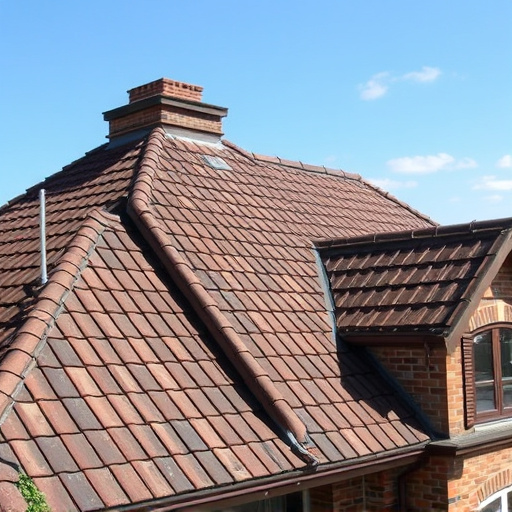
When it comes to roof installation, especially in regions prone to high wind speeds, expert methods and best practices are paramount. Professional installers understand the importance of a secure and sturdy attachment, using specialized techniques like mechanical fastening and structural support systems. These methods ensure that the roof not only withstands high winds but also provides superior protection against storm damage repair, enhancing the overall durability and safety of the building.
Best practices in roofing and siding involve choosing the right materials for the job. Impact-resistant shingles or metal roofing are excellent choices to resist strong winds. Proper flashing installation and sealing around windows and doors are crucial steps, preventing wind-driven water intrusion. Regular maintenance checks post-installation also play a vital role, ensuring any issues are promptly addressed, thereby maintaining the integrity of the roof over time, especially in the face of frequent high wind events.
When it comes to regions prone to high winds, a robust roof installation is not just a recommendation—it’s a necessity. By understanding wind load requirements, selecting appropriate materials, and adhering to expert installation methods, homeowners can ensure their roofs provide reliable protection against intense weather conditions. Investing in the right techniques and materials for roof installation can make all the difference in preserving your home’s integrity during high-wind events.




